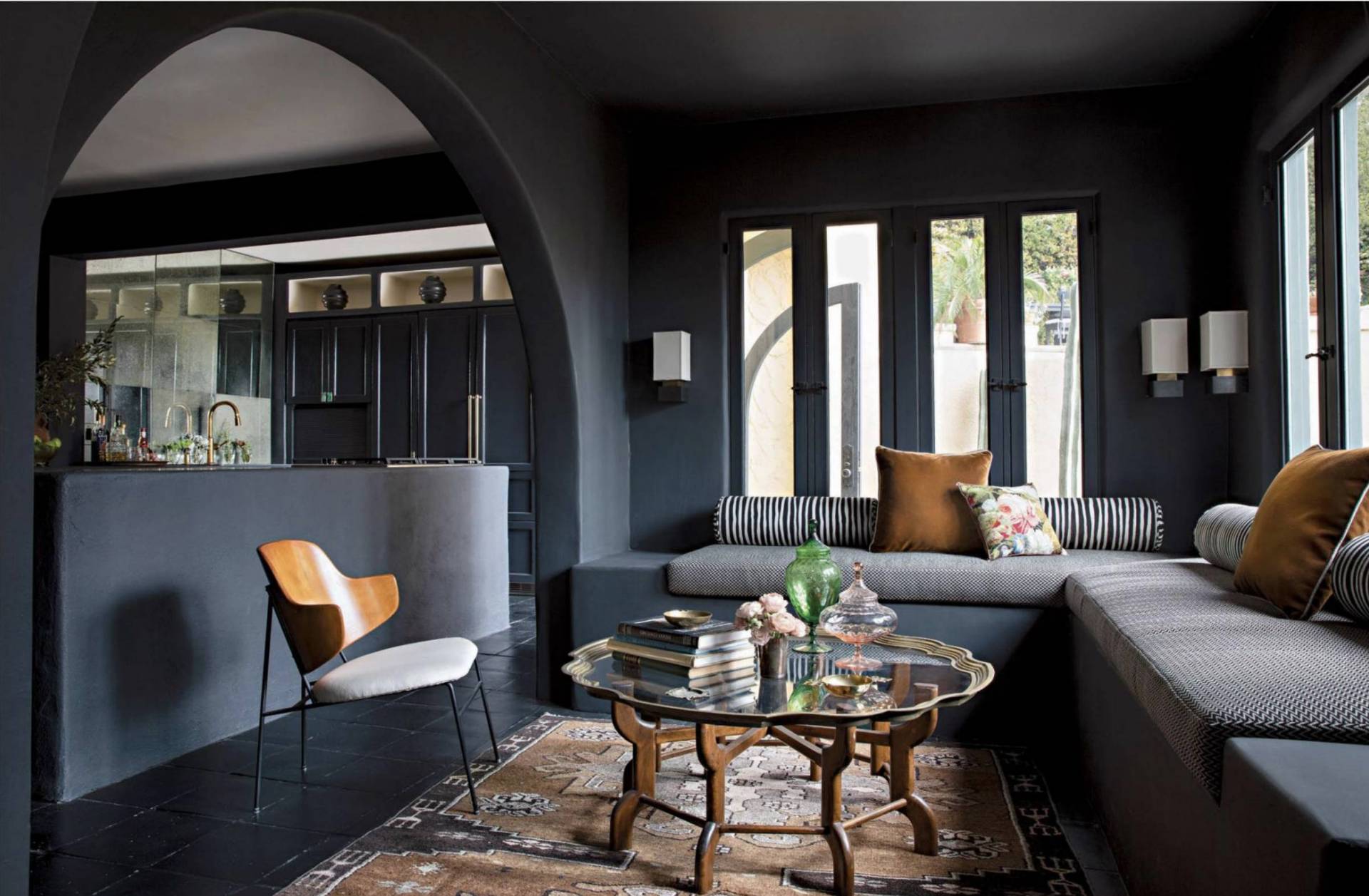
Maximizing Energy Efficiency with Shades, Blinds, and Awnings as Summer Approaches
As the calendar turns towards the warmer months, homeowners and renters alike begin the annual quest for strategies to combat the heat without resorting to the costly endeavor of running air conditioning units around the clock. With energy prices on a seemingly perpetual incline, the use of shades, blinds, and awnings emerges as a savvy approach to keeping your home cool and your energy bills in check.
The Science of Solar Heat Gain
To understand the effectiveness of these window treatments, it’s crucial to grasp the concept of solar heat gain. Simply put, solar heat gain refers to the increase in temperature in a space, object, or structure as a result of solar radiation. The more direct sunlight that enters through your windows, the harder your air conditioning system must work to maintain a comfortable indoor temperature, leading to higher energy consumption and, consequently, higher bills.
Shades: A Simple Solution with Significant Impact
Shades are perhaps the simplest form of window treatment, yet their impact on reducing solar heat gain can be substantial. When properly installed, shades can block a significant portion of sunlight from entering a room. Light-colored shades reflect more sunlight and heat than darker ones, making them a more effective option for those looking to minimize solar heat gain. Additionally, shades that have a reflective backing offer an extra layer of protection against the sun’s rays.
Blinds: Adjustable Light and Heat Control
Blinds offer a unique advantage due to their adjustable slats, which can be tilted to control the amount of light and air passing through. This feature allows for a balance between natural lighting and temperature control, providing a way to reduce dependence on artificial lighting and air conditioning. Materials matter with blinds; aluminum or reflective materials can further enhance their effectiveness in reducing heat.
Awnings: Exterior Solutions with Style
Exterior awnings not only add aesthetic appeal to a home but also significantly reduce solar heat gain through windows. By blocking sunlight before it reaches the glass, awnings can reduce solar heat gain by up to 77% on west-facing windows and 65% on south-facing windows, according to the Department of Energy. Retractable awnings offer the flexibility to choose when to shade your windows, allowing for solar heat gain in the cooler months and shade during the summer.
The Path to Energy Efficiency
Incorporating shades, blinds, and awnings into your home’s design is more than a stylistic choice; it’s a strategic approach to enhancing your home’s energy efficiency. By reducing the need for air conditioning, these window treatments can lead to significant savings on energy bills while also contributing to environmental conservation efforts. As the summer heat approaches, investing in these solutions can provide both immediate and long-term benefits, keeping your home cooler, your bills lower, and your environmental impact minimized.
In conclusion, as we look ahead to the warmer months, the strategic use of shades, blinds, and awnings presents a cost-effective and environmentally friendly way to enhance the comfort of our homes. By taking proactive steps to manage solar heat gain, we can enjoy a cooler summer without the burden of increased energy costs.
Recent Comments